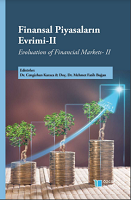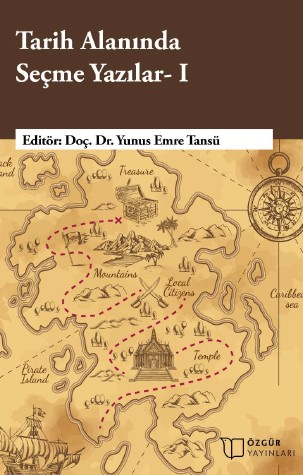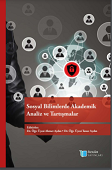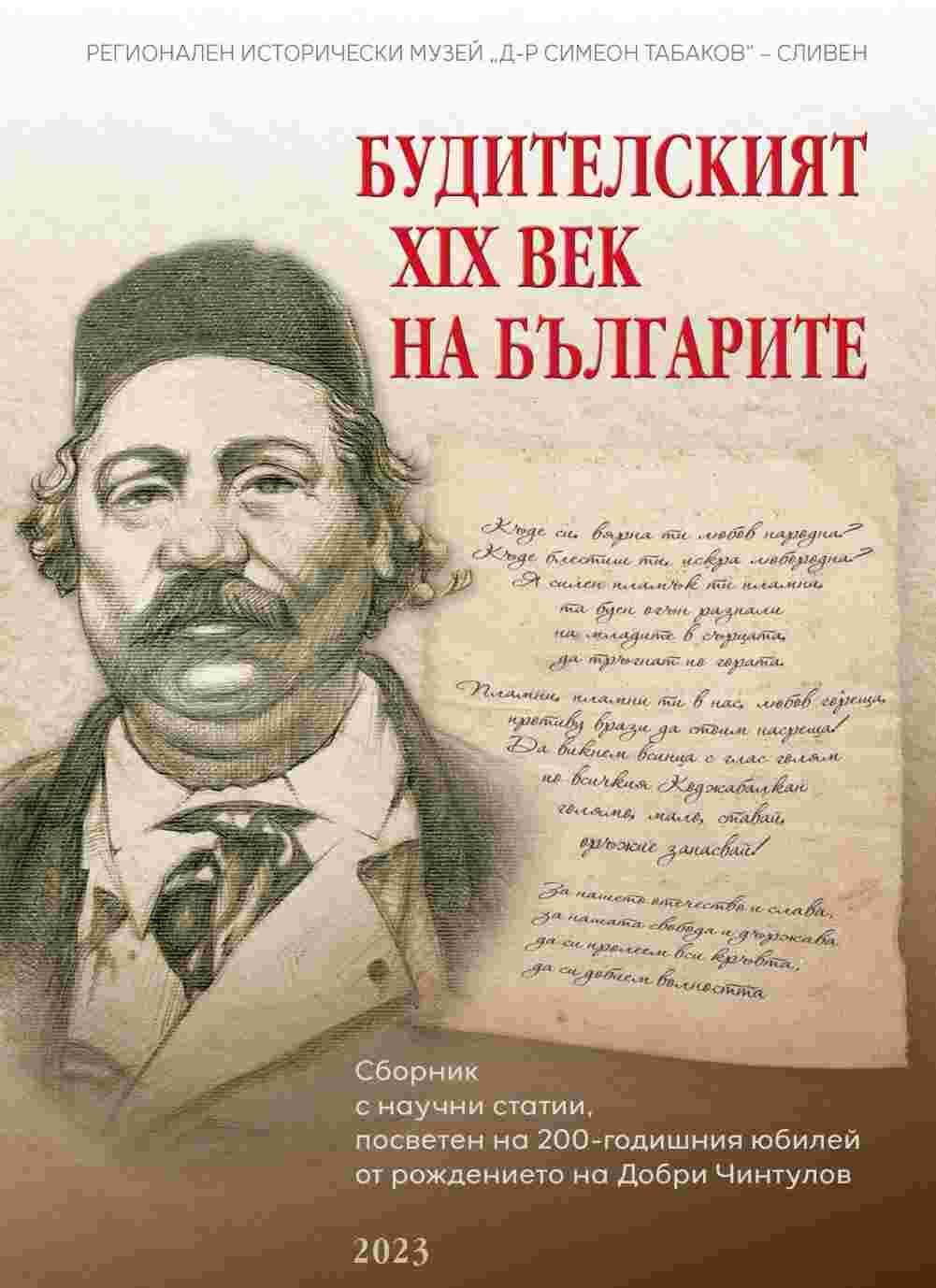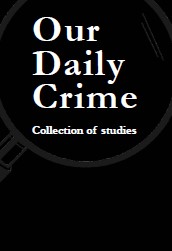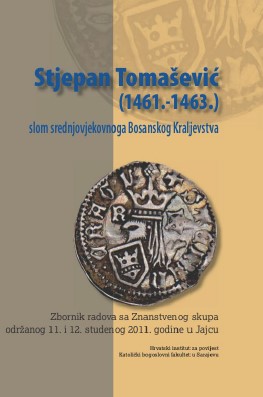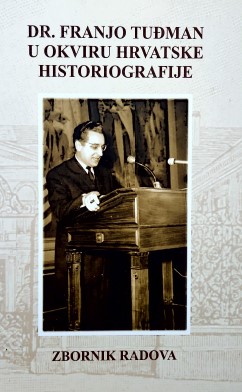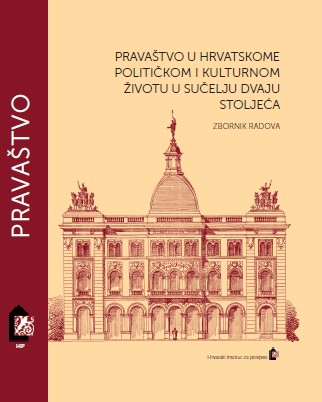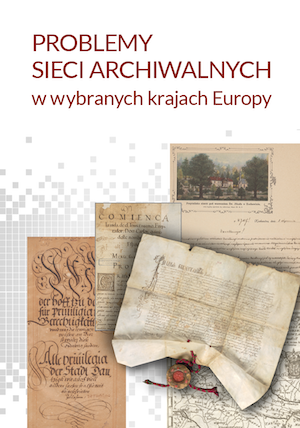
Ustrojowe uwarunkowania działalności archiwalnej w Polsce w wieku XX
Sources discussing archival activities in Poland in the 20th century do not give due significance to the systemic conditions governing the operation of archives. Similarly understated is the relationship between the law and regulations concerning the protection of national heritage on the one hand and archival standards on the other. The present article does not aim to make any final judgements in this regard but to point to the challenges in the research which are significant for a comprehensive discussion of archival science. In case of Poland, the activity of archives was initially regulated primarily by the legislation and practices resulting from the first Constitution of Poland, proclaimed in 1921, after the country had regained independence. As a state based on the system of liberal democracy, Poland was adopting progressive standards, which in case of archival sciences provided an appropriate level of protection to archival heritage and ensured conditions beneficial to its growth. After World War II, former regulations were gradually abandoned. This continued until 1983, which saw the implementation of the State Archives Act remaining in force until the present day. The law has since been amended several dozen times in order to adjust the operation of archives to the changing systemic, political, and social conditions. This process has illuminated significant issues which still affect archives and archivists.
More...
